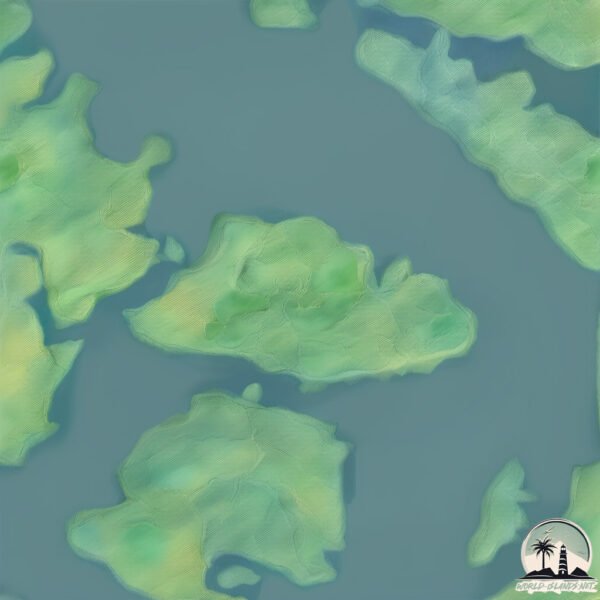Welcome to McNeill , a Temperate island in the The Coastal Waters of Southeast Alaska and British Columbia, part of the majestic Pacific Ocean. This guide offers a comprehensive overview of what makes McNeill unique – from its geography and climate to its population, infrastructure, and beyond. Dive into the details:
Geography and size of McNeill
Size: 17.8 km²Coastline: 22.7 kmOcean: Pacific OceanSea: The Coastal Waters of Southeast Alaska and British ColumbiaContinent: North America
McNeill is a Medium Island spanning 18 km² with a coastline of 23 km.
Archipel: –
Tectonic Plate: North America – Covers North America and parts of the Atlantic and Arctic Oceans, characterized by diverse geological features and varying levels of seismic activity.
The geographic heart of the island is pinpointed at these coordinates:
Climate and weather of McNeill
Climate Zone: TemperateClimate Details: Warm-Summer Mediterranean ClimateTemperature: Warm Summer
Climate Characteristics: Characterized by warm, dry summers and mild, wet winters, typical of coastal areas with abundant sunshine Rain is more common in the winter months, maintaining a moderate climate.
Topography and nature of McNeill
Timezone: UTC-08:00Timezone places: America/Los_AngelesMax. Elevation: 42 m Mean Elevation: 10 mVegetation: Evergreen Needleleaf ForestTree Coverage: 87%
The mean elevation is 10 m. The highest elevation on the island reaches approximately 42 meters above sea level. The island is characterized by Plains: Flat, low-lying lands characterized by a maximum elevation of up to 200 meters. On islands, plains are typically coastal lowlands or central flat areas.
Dominating Vegetation: Evergreen Needleleaf Forest
Vegetation: 6 vegetation zones – Very Highly Diverse Island
Infrastructure and Travelling to McNeill
Does the island have a public airport? no .
Does the island have a major port? no .
The mean population of McNeill is 100 per km². McNeill is Gently Populated. The island belongs to United States of America .
Continuing your journey, Harstine is the next notable island, situated merely km away.
The Spotlight goes inside McNeil Island: Home to Washington's most violent sexual predators
McNeil Island, the most infamous six miles in Washington and home to the state's most violent sexual predators. This week on The ...
The Spotlight goes inside McNeil Island: Home to Washington's most violent sexual predators
McNeil Island, the most infamous six miles in Washington and home to ...
McNeil Island, the most infamous six miles in Washington and home to the state's most violent sexual predators. This week on The ...
McNeil Island Prison
Go inside McNeil Prison even after the inmates have vacated.
Go inside McNeil Prison even after the inmates have vacated.
McNeil Island Prison
Tour McNeil Island.
Tour McNeil Island.
United States of America is classified as Developed region: G7: Group of Seven – Major advanced economies, including Canada, France, Germany, Italy, Japan, the United Kingdom, and the United States. The level of income is High income: OECD.
News – Latest Updates and Headlines from McNeill
Stay informed with the most recent news and important headlines from McNeill. Here’s a roundup of the latest developments.
Please note: The data used here has been primarily extracted from satellite readings. Deviations from exact values may occur, particularly regarding the height of elevations and population density. Land area and coastline measurements refer to average values at mean high tide.

